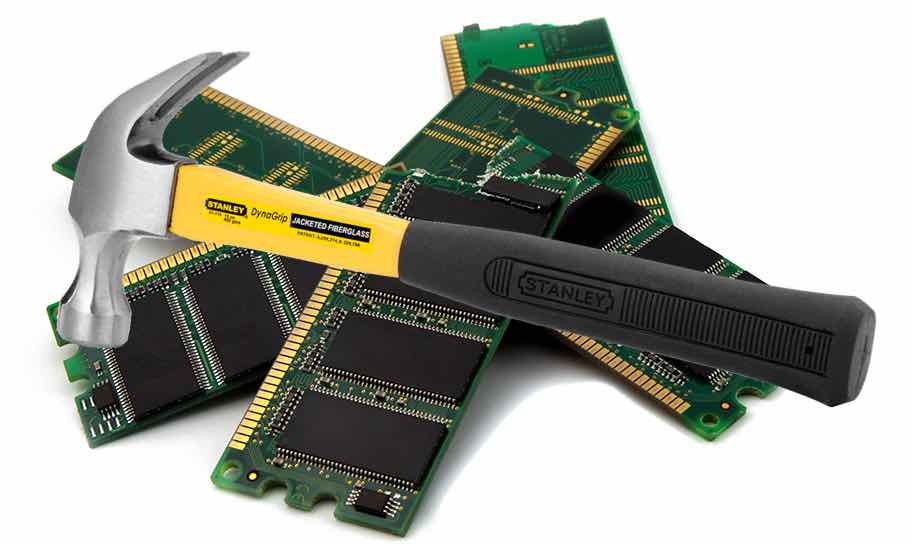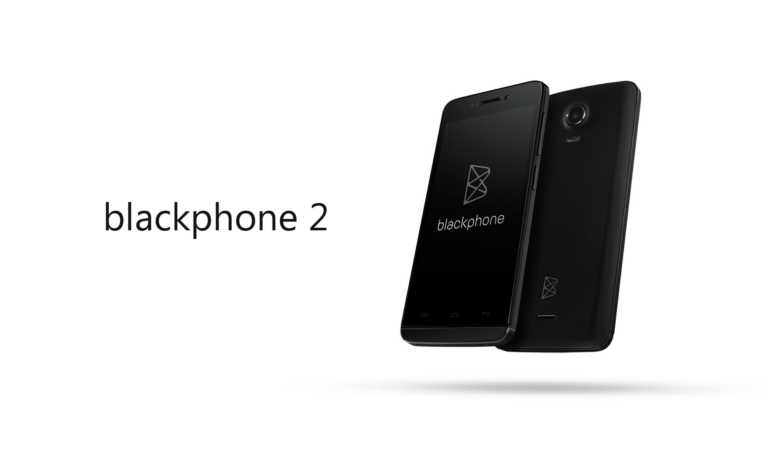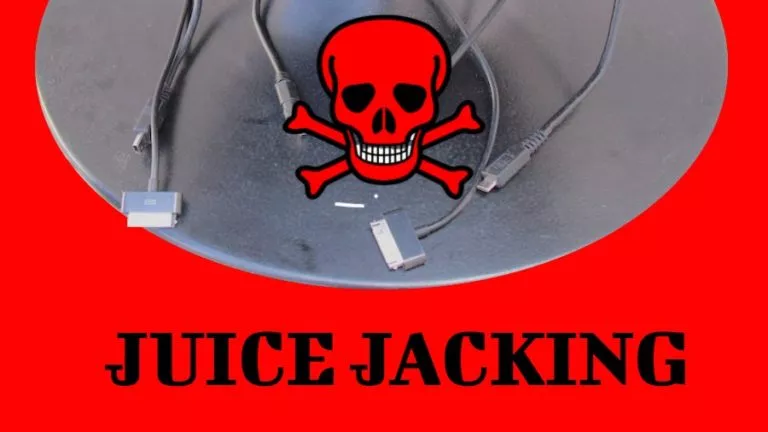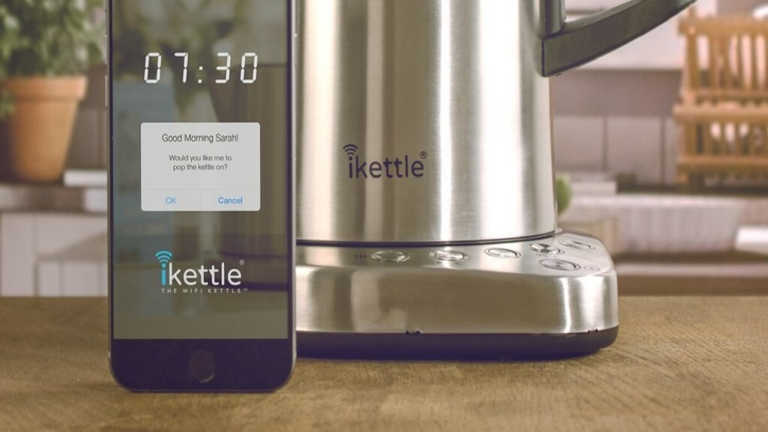Row Hammering Attack On RAM Make It Easier To Hijack Your Computers

 Short Bytes: According to a new report, Row hammering is easier to be performed on DRAM using non-temporal instructions to cause bit-flipping and memory leaks. This is so because non-temporal instructions store data on a DRAM chip rather than the cache and they provide a much more direct route to the target.
Short Bytes: According to a new report, Row hammering is easier to be performed on DRAM using non-temporal instructions to cause bit-flipping and memory leaks. This is so because non-temporal instructions store data on a DRAM chip rather than the cache and they provide a much more direct route to the target.
This Hacking technique can cause memory cells to leak their charges and also affect the content of nearby rows. Among security experts and researchers, this phenomenon is known as “bit flipping”.
How Row Hammering works?
DRAMs have higher cell density. A certain code also known as non-temporal instructions can be triggered by specially crafted memory access patterns that rapidly activate the same memory rows numerous times. Once the targeted memory rows are accessed again and again, the memory row starts to lose its charge and causes bit flipping.
Bit flipping:
All the data that are stored on our machine are in the binary form. A binary form of data is represented using ‘0’ and ‘1’. Also, a memory operates on two charges high and low. Here, one of these charges represent high state i.e. ‘1’ and another ‘0’.
As mentioned earlier, after the repeated attack, a memory row starts to lose charge and it comes down to the lower state of energy and thus, the bit flips from ‘1’ to ‘0’ and hence it affects the subsequent memory cells.
A new report related to bit hammering suggests that code present on the targeted system with non-temporal instructions could be used to facilitate bit flipping. Because non-temporal instructions store data on a DRAM chip rather than the cache, they provide a much more direct route to the target.
Did you find this story interesting? Share your views in the comments below.
Also Read: 4GB, 8GB Or 16GB; How Much RAM Do You Need?






